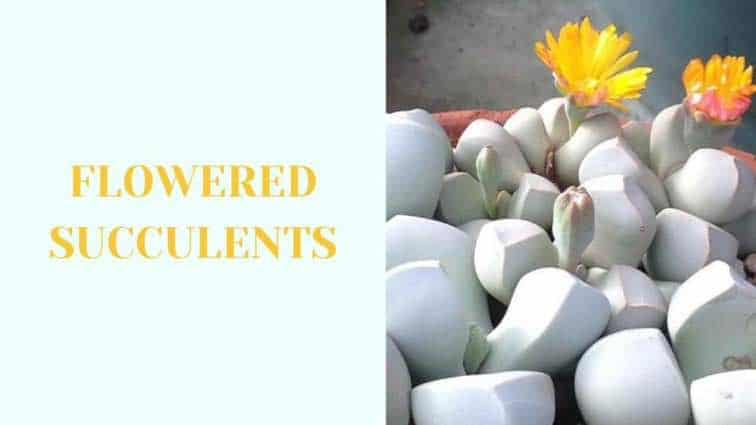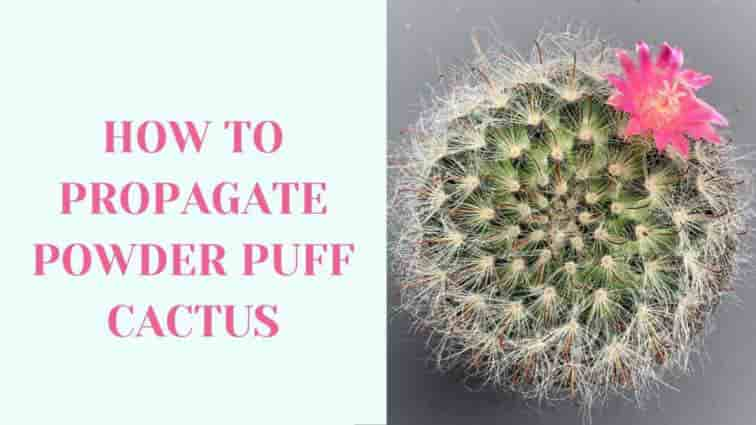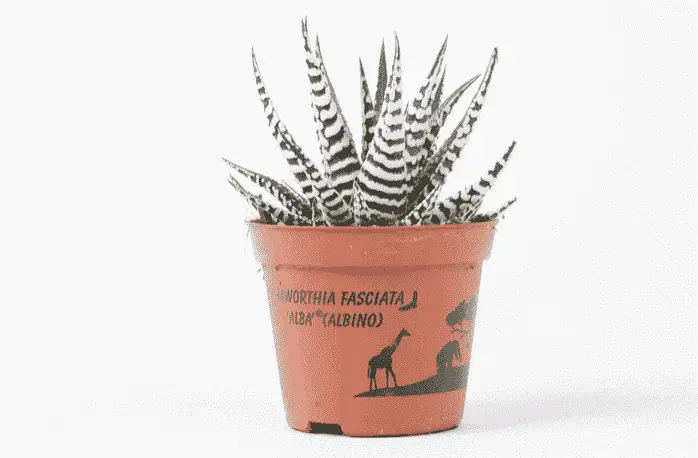
Picture via conservatoryarchives
Haworthia Plant Info
The Haworthia is a wonderfull succulent to care for; it is active and small, and great to keep around the house. When growing the Haworthia, you should know several things.
The first that it creates a beautiful rosette, thick fleshy leaves, with white pearly like bands that give them their own distinctive look. Growing the Haworthia is easy for most people, plus it is a healthy aloe and echeveria pant that also creates this beautiful Haworthia.
This succulent, like so many others, requires plenty of light, and enough moisture during the summer months. Try not to over water the plant, if you want to learn how to water the Haworthia. Better have a look at our “Watering Guide,” where you can learn everything you need. You should be sure to learn how to care for the plant before buying one.
♠ Botanical Name: Haworthia
♠ Popular Name: Pearl plant, Zebra cactus, cushion aloe, star window plant
♠ Mature Size: grows to be around, 3 to 5 inches, some up too 20 inches
♠ Prefers the sun
It is best to keep the plant in sandy soil.
♠ Haworthia blooms during the summer.
♠ The Haworthia has White flower color
♠ Lives in Zones: 11
How to Grow Haworthia
Make sure that you keep the Haworthia in a pot on a window ledge, If you have ever managed to keep an aloe plant alive, you will be fine. When growing the Haworthia it is essential that you don’t overwater the plant, it will kill the succulent. It should never be over watered under any circumstances.
The Haworthia is a wonderfully decorative plant that can be grown in so many different containers, to make it that much more fun. If you are going to grow your plant in a strange container, you need to make sure that the container has proper drainage.
If the container does not have good drainage, then I would advise you to take the plant out of its container. Add extra gravel to the bottom of the container; it will help you reduce the risk of overwatering. It is essential that you keep an eye out for any sunburned spots on your plot, and move it away from the sun if it gets sunspots.
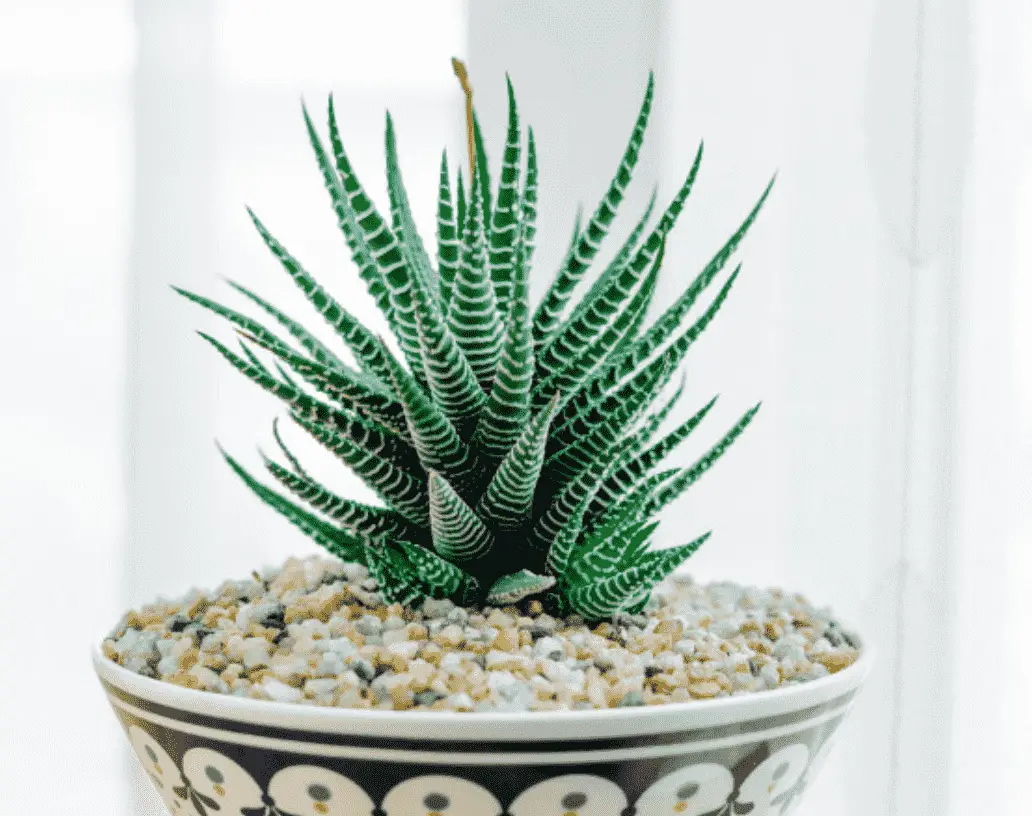
Picture via freepik
Haworthia Lighting tip
Haworthia should be kept in a well-lit zone, but not direct sunlight. As with most succulents, the plant grows quickly in sunny conditions. In the Haworthia natural environment, the plant is mostly found around rocks in the shades.
When kept at home, make sure the plant is placed in a window that gets enough sunlight, at least several hours a day. If the leaves turn yellow or white, it means the plant is getting too much sun. When Haworthia gets too little sun, the green color goes away. The plant is similar to people; it can get a sunburn, so be careful where you place it during the warmest months.
Soil
The best soil for Haworthia is the cactus mix or a well-draining soil; we wrote an article on “well-draining Soil” to help you. Most growers forget to mix the soil correctly, so the sand clogs up, and the soil does not drain as it should.
That means you could potentially over water the plant and kill it. It is better to use gravel rather than sandy soil, mixed with perlite, aquarium gravel. That will ensure that the plant-soil will drain better and help you keep the plant alive for longer.
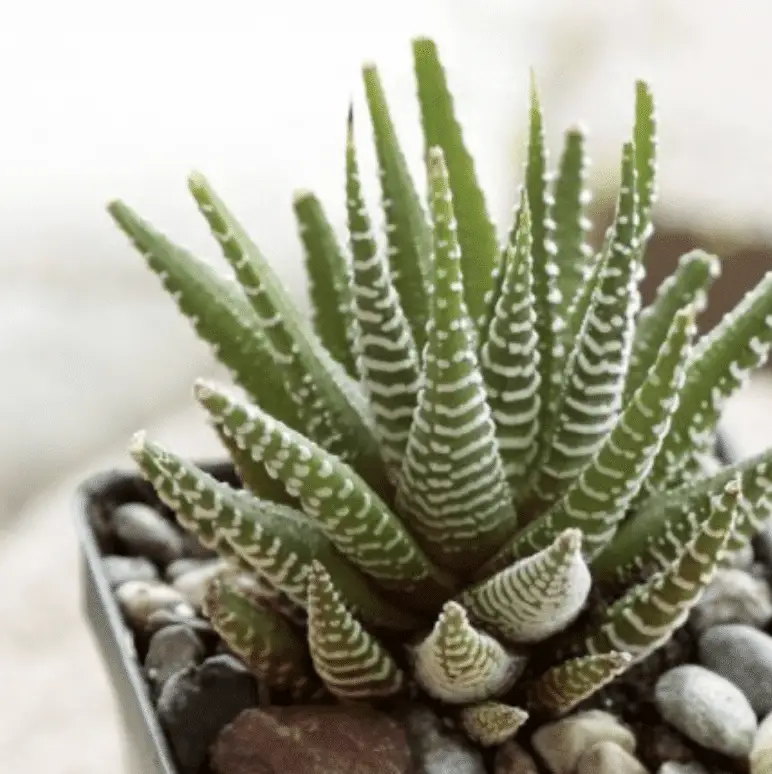
Picture via simplysucculents
Water
During the summer months, we recommend that you water the succulent thoroughly, think about what we said in our “Watering Guide,” then you will be fine. During the winter months, you need to reduce the amount of water you give the plant, don’t let the water collect around the rosette. The Haworthia has similar watering needs to other succulents, don’t overdo it.
Temperature and Humidity
Haworthia is plants that prefer a lot of heat, so the summer is ideal for these plants. When it is cold outside the plant could get a freezing injury, and no one wants to deal with that. This plant is like a stubborn person that requires a lot of care, so it grows well.
The plant should be placed around the house where you have proper ventilation so that it can capture the carbon dioxide for photosynthesis. It would be a good idea to keep a fan near your Haworthia so that your plant can breathe with ease.
Fertilizer
If you want to learn how to fertilize your succulents then have a look at our “Fertilizer Guide” there you can learn everything you need.
Potting and Repotting
Haworthia plants are generally small plants only around 3 to 5 inches in height, and it grows slowly. When it grows, the plant usually grows in small clusters becoming wider and wider. With time, the groups will naturally get larger and split small leaves off. Those will be used for reporting.
For a better understanding of how to propagate the Haworthia, you can have a look at our detail “Popagating Guide,” it will give you step by step instructions.
Propagating Haworthia
Generally speaking, when you propagate the Haworthia, you will use offsets from the main plant. If you need to take off the offset yourself, it should be done with a sterile sharp knife or scissors. Cut as close to the main stem as possible, and try to get some of the plant roots with if possible. By doing so, it will make the propagation process easier.
Now, before repotting, let the offset dry, then repot. It is similar to other succulents, as we talk about in detail in our “Propagation Guide.” When selecting a pot, pick a small container with a drainage hole, use the same soil as the main plant.
Lastly, place the new offset in a warm spot with plenty of light, a window with enough sunlight will do. Offsets have different needs for water than other succulents, so water more.

